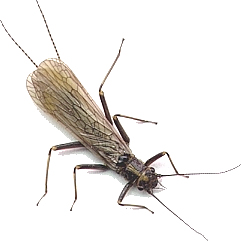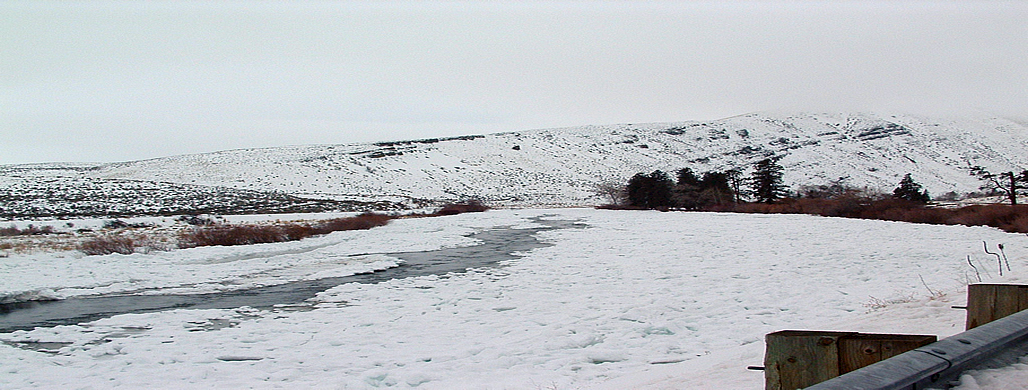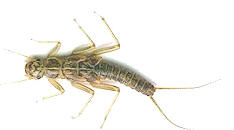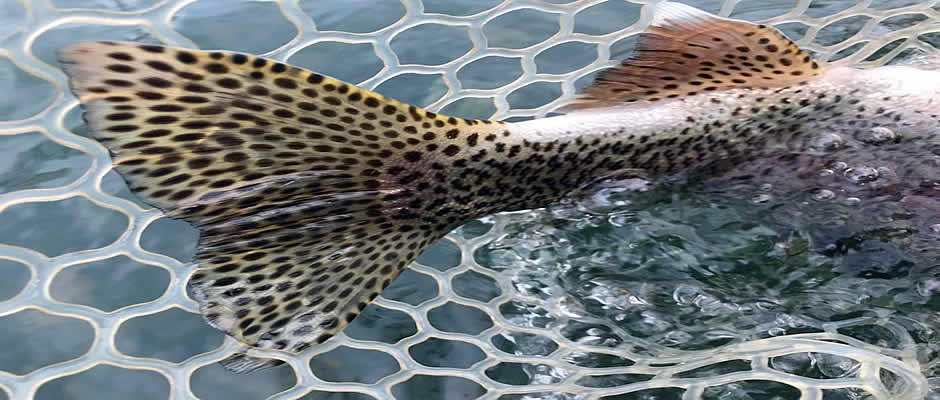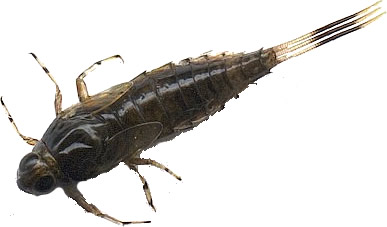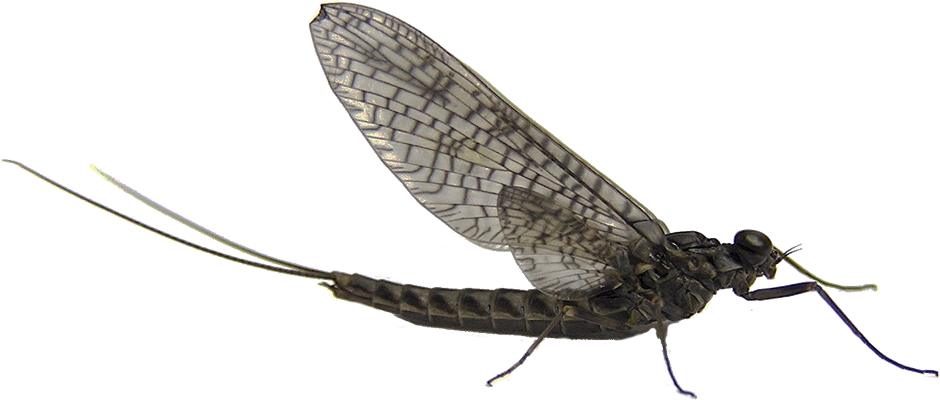
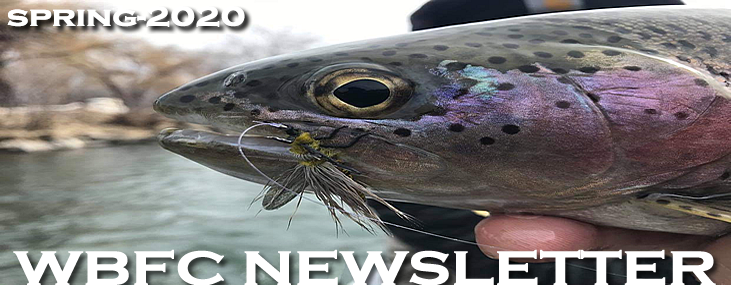
|
|
||||||||
|
Welcome fly-fishing enthusiasts! We are thrilled that once again, the exodus of the dark and dreary months of winter have vanquished. We
appreciate the warmer days of early spring. It may seem like the “Ides of March”, however, there is rejoicing in the warmer, sunny days ahead. We witness the mercury begin it
ascent, into the mid and upper 50-degree range daily. This year, March 19th is the official date of our vernal, equinox.
Our first official aquatic insect hatches of the season are now in their beginning stages along the banks of our favorite Washington trout
stream, the Yakima River. The first stonefly hatch of the season, the Skwalla Stonefly, has officially ignited throughout the entire river system.
| ||||||||
| ||||||||
|
Typically, residents within the valley are routinely firing up their snow moving machines and piling snow in large mountainous forms, from
late November thru early February. I myself take part in this daily ritual. However, this year, I was fortunate that every bit of white, flaky matter was moved by hand, with
the power of human transfer and the aid of a snow shovel. You may be asking yourself, why the writer is emphasizing and concentrating these paragraphs on the winter weather report in Central Washington. Here is why. Winter is by far our most important season in the Pacific Northwest. It’s not everyone’s favorite, but it is our lifeline in the Kittitas Valley. Snow is water and in order for our river to thrive and continue on its path of production, we must accrual substantial amounts of the aforementioned, over a short period of the year. Fish need, cold, clean water to thrive and prosper. This year, luckily, they will have plenty to flourish in. The storage reservoirs, especially the Cle Elum, were drained last fall to the lowest point I had ever witnessed in my 25+ year tenure in the valley. Humans also need water and we waste more of our share and then some. Luckily, record snowfalls again came in short periods over the month of December and January. Most of this snow pack will be captured in the mountain reservoirs that feed the Yakima River on an annual basis. We can expect that the remainder of the month and the days of April will also provide additional inches of snow base to the existing foundation. This water will aid in providing all with a rich, natural resource source nutrient, to all of the actualities that use it, across three separate counties. The plea for water from local farmers, ranchers and orchardists is constantly increasing each year, as well as the population density that is developing in Central Washington, especially Kittitas County. The need, want and demand for water are the highest, Kittitas, Yakima and Benton Counties have ever encountered. As that demand continues to push the limits, the need for higher snow pack accumulations at the source, will be needed each year or additional water resource containments developed and managed properly.
This, when constant changing weather patterns and mild winters, seem to be on a seasonal upswing. The construction of another water storage
facility would literally take a modern miracle. With wild, anadromous fish like salmon and steelhead on the near brink of extinction from the Columbia River and its
tributaries, another dam or reservoir isn’t likely in our lifetime. We need good sound science and our elected officials, working together to address and amend the issue.
With our local, state and federal government, in a constant state of chaos, bureaucracy and hypocrisy, it appears to this observer, that we are on a direct collision course with
Mother Nature. |
||||||||
|
||||||||
|
How mild was the winter in the Ellensburg Valley? The river, the Yakima only developed slush ice in its flow, for one day and that occurred in the month of December. That means, the air temperature and water temperature dropped well below the freezing level for a number of consecutive days in order for ice to begin forming in the flow. Typically, each winter season, the entire slow-moving lake like river stretches of the Yakima River, that turn and bend through the basalt, shadows of the Lower Yakima River Canyon, will completely freeze from bank to bank. (see picture below). This year, I didn’t even witness ice form around the river bank edges.
With the moderate winter, water temperatures in the Yakima River stayed well above the normal range.
When this happens, fish as well as their ample food sources remain active, especially during the warmest portions of a winter day. This being said, the Rainbow,
Westslope Cutthroat Trout as well as the Rocky Mountain Whitefish, all faired extremely well during this time. In fact, the size and complexion of the trout at the present,
are perhaps the healthiest state, we have ever encountered them to be, throughout the entire river system, ever. The fish are powerful, strong and full of fight. They are
testing and stretching, some of the world’s finest tippet material each day. |
||||||||
|
||||||||
|
So, the aquatic hatch every serious fly fisherman waits for all winter long, the Skwalla Stonefly hatch is in its beginning stages. In just a short period of time, this superstar stonefly has surpassed its much larger colleagues, the Salmonfly and Goldenstone, in fame and fable. Perhaps it is just that the Skwalla is our first big, board hatch of the season and the excitement of casting larger dry flies in March, is thrilling enough to stir the emotions of every fanatical fly fisher. It is Skwalla Stonefly time on the Yakima River.
Like other aquatic insects’ hatches, it has its beginnings, its peaks and its final phases. With
water and weather conditions stable, the hatch of stoneflies is marching on. Everyone has heard the saying “better to be lucky than good”.
Well, when it comes to fly fishing, that is hardly ever the case. Sure, any fishermen can get lucky and hit it the river on a day, when it seems you can’t do anything
wrong.
Take it from a guide of two plus decades, those days are few and far between. In order to find true successes with a fly, each and every day you fish, you must first understand and identify, the creature you are impersonating, it’s life cycles and its behavioral movements during its metamorphosis. Breaking it down by science, method and technique will make you a better, well rounded fly angler and you will begin to understand the natural world and its importance to our sport. Don’t rely on luck or a four-leaf clover. Look to enhance your skill level and grow, using intelligent thought and paying close attention to what is happening around you, to complete your success. If you are using a guide to fish and learn the river, challenge his intellect, knowledge and his ability to enhance your definition of fly angling. Each time you hire a guide, your skills and knowledge of the sport should grow. If it is not, you should be looking elsewhere!
My close friend, colleague and mentor, Mr. Tim Irish, the Yakima River’s first fly fishing guide and prodigal son, studied this critter in
great detail and fashioned quite a diagram of the Skwalla Stonefly life cycle. I am happy to share that information with you, because “Timbo”, referred to by his closet
friends, was a man who shared all of his fly-fishing knowledge, with any fly angler, he encountered. This diagram
here, will show the migration routes and life cycles of the stonefly and relay to you the identifying characteristics of
this unusual, river insect. It will give you the added information you will need to find success, during this post-winter, stonefly hatch.
Good luck, good reading and happy hunting. |
||||||||
|
||||||||
|
I am also happy to report that it is mayfly time on the Yakima River as well. Stoneflies are a big, hearty, protein packed meal for trout.
However, there is nothing more a Yakima River Rainbow would rather eat, than a Mayfly. To us, as human beings, we can’t quite understand the nature of this. It seems odd to
pass up a larger meal for a smaller one, though it would be a good idea for us to adopt, at times. Over the next several weeks, if you are fishing the river, you will
witness Skwalla Stoneflies, Blue Wing Olive Mayflies and March Brown Mayflies all riding the river currents and foam lines in tandem, in the afternoon. Water temperatures will hit that critical period when the hatches
will all intersect around the same time of the day. Trout will methodically be slurping and feeding without limitations and the majority of that time will disregard the largest of the protein floating by. The female Skwalla Stonefly will float with the current, dislodging her eggs as trout feed around her. To her astonishments and what must be a very, uneasy feeling for her, she observes the trout feeding viciously from every angle, as she anticipates at any second to be crushed between bone and brawn. I think, you could easily compare it to the similar experience of men leaving a sinking ship, swimming in blood soaked, shark infested waters. Most of the trout’s focus will be on the much smaller, delicate aquatic insects and your casting, as well as your drag free presentation will be demanded. Position yourself for victory and choose from your munitions, a size and style of mayfly that will work with the hundreds of naturals, that will be freely floating in the foam lines. With more aquatic insects now in the derby, the fly fishing will become more technical and more thought and attention to detail will be required. Unlike the previous months, when aquatic insect hatches are scarce. Now with additional food sources to choose from they can begin to feed, on their desired food forms. |
||||||||
|
||||||||
|
This is some of the best spring fly fishing the Yakima River will have to offer, so get it while it’s good. Why?
Because as we progress towards April, it is inevitable that the weather conditions will continue to improve and air temperatures will continue to warm. As this
occurs, that snow pack that I was talking about in the beginning of this lecture, will begin to break down, melt and enter the river in large volumes. When this happens,
river fishing as well as our Professional Guided Trips in the Yakima are put on hiatus, until water conditions, water clarity and volumes have improved. |
||||||||
|
||||||||
|
Stillwater fly fishing in the Columbia Desert Unit is very popular and most of the lakes opened up this year on March 1st. Most days, the fishing reports at the pro-shop have been excellent. Of course, the high wind warning days are extremely difficult on Stillwater impoundments, especially in this portion of the state, making it much more difficult to present a fly or keep your water craft properly positioned. The lakes are a great alternative when the river isn’t cooperating or if you just need a change in scenery. They present a whole new set of challenges, rules and dimensions. It’s another way to improve on your fly-fishing skills and advance in the angling world. With a wide range of lakes to choose from as well, the Columbia Desert is full of fantastic fly-fishing opportunities and incredible scenery. It is a great place to spend day, social distancing yourself. However, some lakes are more popular than others, so do your homework if solitude is what you seek. When the staff at WBFC, ventures to the CDU, it is usually in search of large, spiny ray like Smallmouth or Largemouth Bass. It won’t be long, and the SMB and LMB season will be in full swing. Mark the month of May on your calendar for the beginning of bass season. The staff of WBFC is already gearing up for the annual event. We will begin, what I believe is our 20th season of guided fly-fishing adventures for bass. It is definitely some of the most exciting, local fly fishing we do all year, as well as some of the most challenging. If you haven’t experienced bass fishing with a fly rod, I would encourage you to give it a try. Washington State has prime bass fishing opportunities, especially for Smallmouth Bass. Rightly so, we could see the next freshwater, size and weight record come directly from the Columbia River in the Smallmouth Bass category.
Give us a call if you would like to book a day with a member of our guiding staff. We have several great options for a day or multiple
days of bass fishing. If it is sound advice you seek, each WBFC staff member is a fanatical bass fly fisherman and can assist you with the right gear and flies, to begin your warm water career.
Some of the most fruitful times to go will be during the spawn, when fish tend to hold in shallow depths. This time frame usually occurs each year from May to
the end of June. |
||||||||
|
||||||||
|
||||||||

I wish you well through these strange times and once we resume our normal every day lives once again, we will see you on the river!
|
||||||||
|
|
||||||||
|
|
|
This site is constructed & maintained by WBFC. for fly fishers by fly fishers! The use of any information, pictures or text is prohibited without written permission© |
|---|
